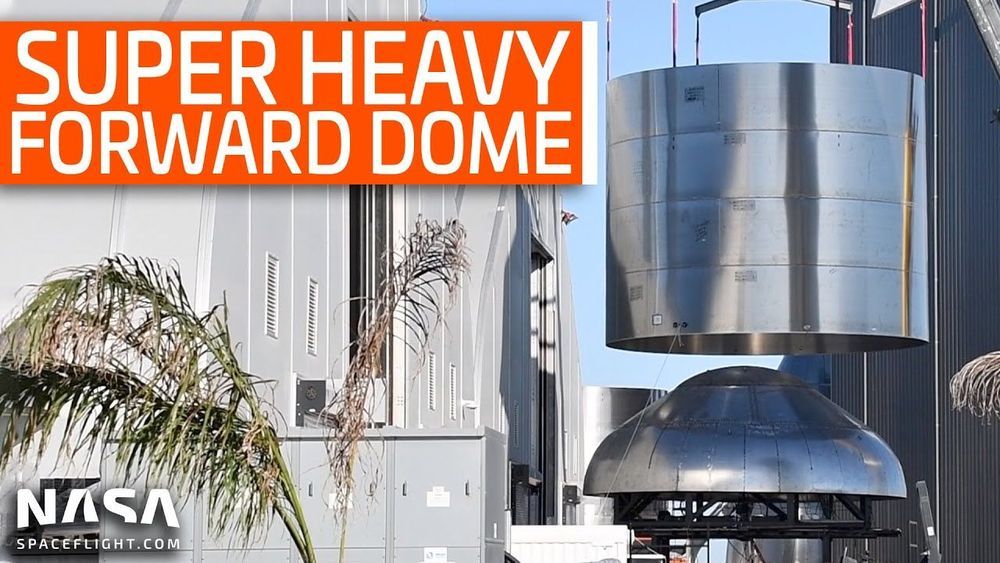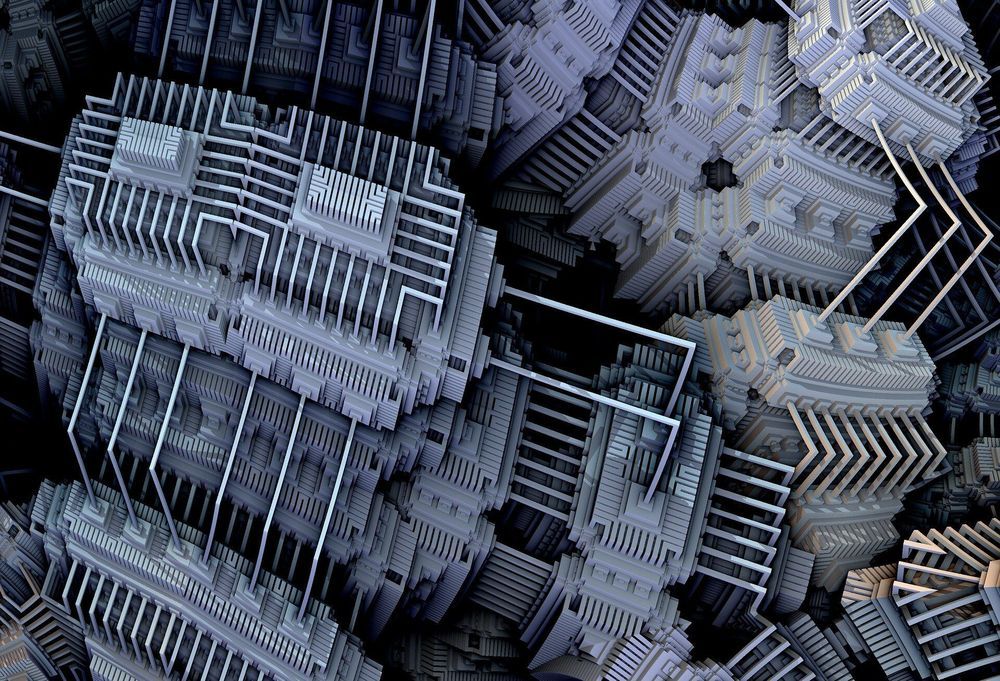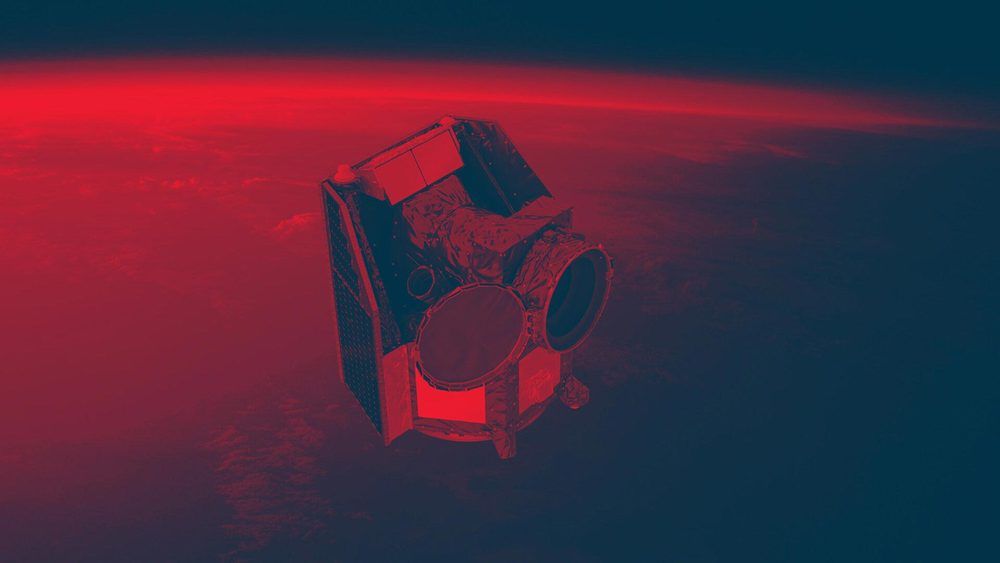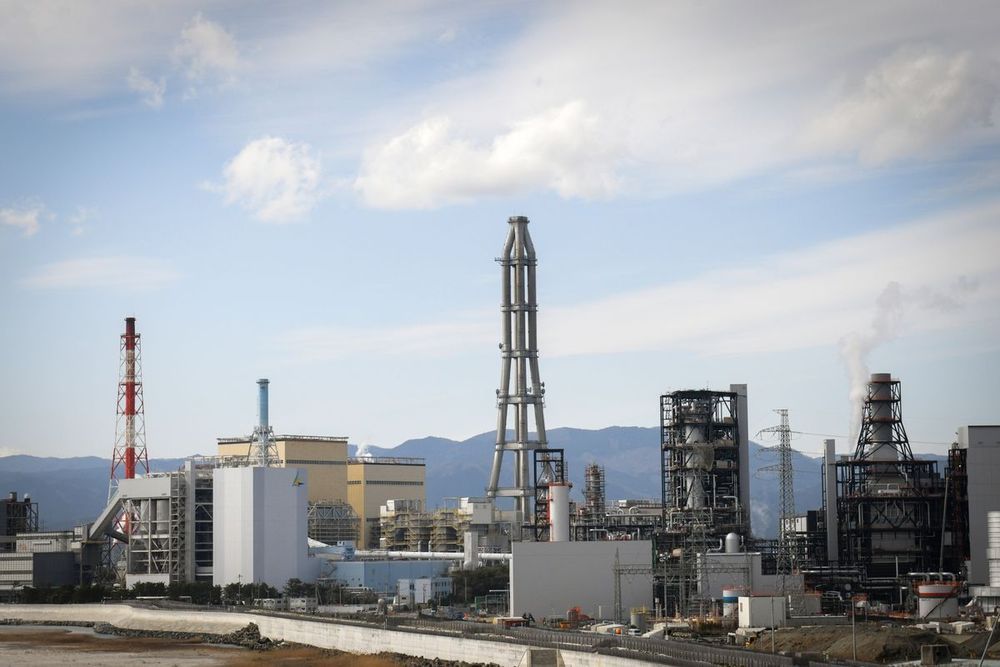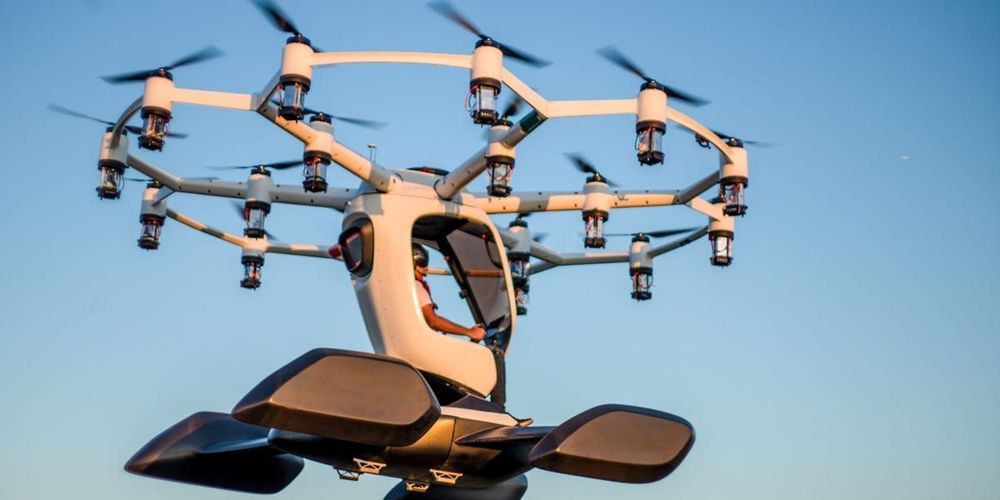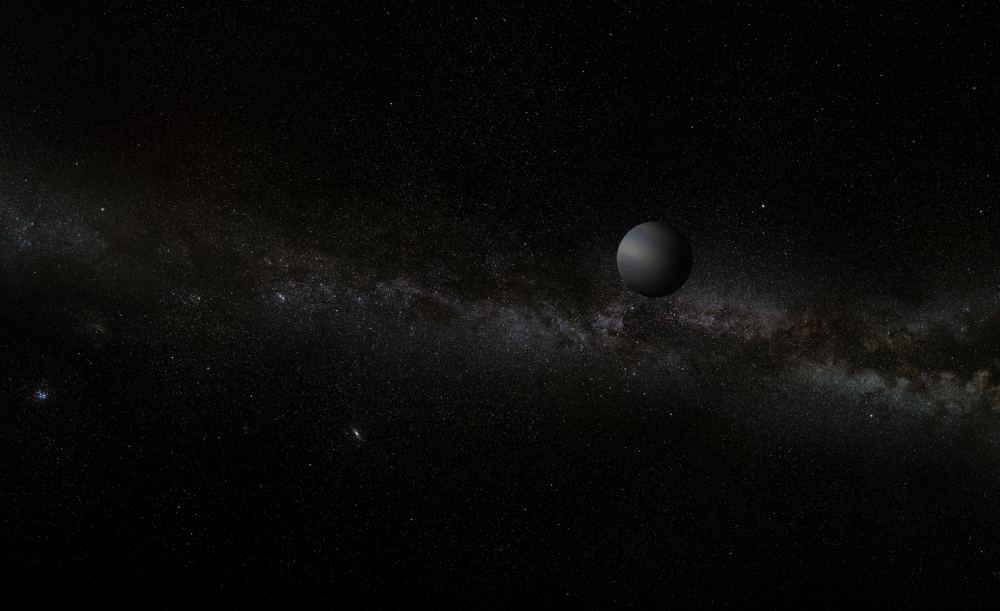The first Super Heavy prototype has entered assembly operations, with the forward barrel sleeved and the fuel stack section spotted. The LR1600/2 crane (aka Tankzilla) continued to grow, and Orbital Launch Pad construction continued with more concrete being pumped into the legs. Starships SN5 and 6 remain outside after having been moved out of the High Bay yesterday, and work continued around the site.
Video and Pictures from Mary (@BocaChicaGal). Edited by Brady Kenniston (@TheFavoritist).
Click “Join” for access to early fast turnaround clips, exclusive discord access with the NSF team, etc — to support the channel.
Updates: https://forum.nasaspaceflight.com/index.php?topic=51332.
